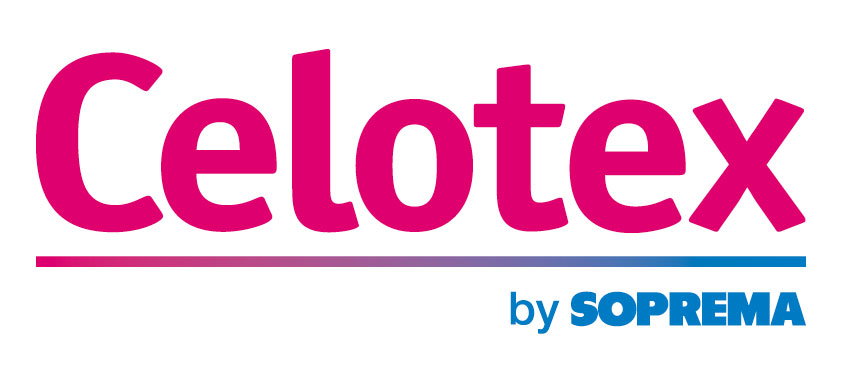Blog
Here you will find the latest articles written by our team focusing on insulation solutions, product developments, and technical guidance.
U-value Calculator
Start your U-value calculationInsulation first: Maximising heating performance through thermal efficiency
 Mike Vaczi
Mike Vaczi
Avoiding cold spots with rigid thermal insulation
 David Milner
David Milner
How to correctly install full fill cavity wall insulation
 David Milner
David Milner
Is my house thermally efficient? How to tell and what to do if it’s not
 David Milner
David Milner
Insulating a garage: how to insulate a garage conversion
 David Milner
David Milner
Insulation’s role in the Future Homes and Building Standard (FHBS)
 Mike Vaczi
Mike Vaczi
What is cavity wall insulation?
 David Milner
David Milner
What’s the role of thermal insulation in preventing condensation in buildings?
 David Milner
David Milner
What is the standard assessment procedure (SAP) and how does it work?
 Mike Vaczi
Mike Vaczi
Comparing insulation: which one is right for your project?
 Mike Vaczi
Mike Vaczi
Understanding the performance gap: how BREL and BRWL reports support compliance
 Mike Vaczi
Mike Vaczi
Guide to polyisocyanurate (PIR) insulation
 David Milner
David Milner
Comprehensive guide to floor insulation
 David Milner
David Milner
The role of thermal bridging in energy efficient buildings
 David Milner
David Milner
Standards relating to insulation: what is BS EN 13165, BS EN ISO 13788 and BS 5250:2021?
 David Milner
David Milner
How Celotex’s Technical Team adds value through expert insulation support
 Mike Vaczi
Mike Vaczi
XPS vs. PIR insulation: Understanding the differences for your project
 Mike Vaczi
Mike Vaczi
Understanding condensation risk analysis
 Mike Vaczi
Mike Vaczi
What are the full fill and partial fill insulation options for masonry cavity walls?
 Mike Vaczi
Mike Vaczi
What full fill insulation options are available for masonry cavity walls?
 Mike Vaczi
Mike Vaczi
How does rigid full fill cavity wall insulation work?
 Mike Vaczi
Mike Vaczi
What is perimeter upstand insulation in solid floor constructions?
 Mike Vaczi
Mike Vaczi
What is a vapour control layer (VCL)?
 Mike Vaczi
Mike Vaczi
What is PAS 2030 and how does it apply to the Green Homes Grant?
 Mike Vaczi
Mike Vaczi
A homeowner’s guide to the Green Homes Grant scheme
 Mike Vaczi
Mike Vaczi
